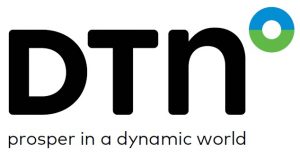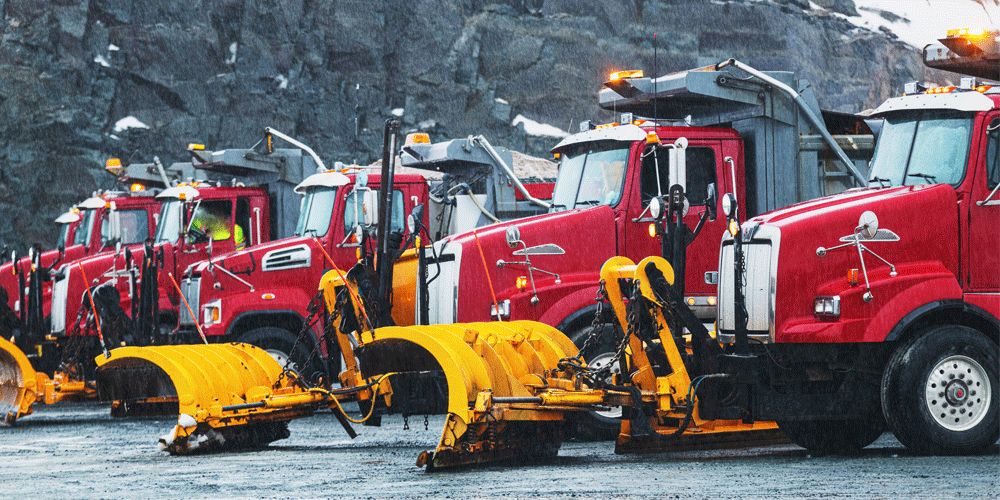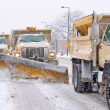Four Steps to Better Municipal Fleet Fuel Purchasing
Protect your municipal fuel budget
When you work in government functions, it comes with the territory that you’re doing more with less. Unlike the private sector, a municipal agency can’t just raise prices as needed. This is significant in two ways: first, not only is “raising revenue” not an available option, but second: you can’t choose your customer based on pricing stratification. Every taxpayer/ratepayer in your municipality expects and deserves the same degree of service, whether it’s plowing snow, EMS response or utility service. Added to that pressure, every so often, a new administration comes in with a different agenda and different ideas of how to fulfill community service expectations.
Every city and town in America is dealing with a new reality: COVID-19 permanently changed which services citizens prioritize, while also decimating municipal budgets with sudden revenue losses.
In such an environment, it’s understandable that older, established ways of conducting day-to-day business persist; it’s an oasis of relative stability and consistency. On the other hand, that pressure can sometimes lead to evaluating current operations and seeing if there’s a better way to do them while staying within budget.
Take evaluating contract prices by paper. This takes time. It’s slow, which means other parts of work are delayed. And with the potential of emergency requests in government (e.g., a natural disaster), necessary paperwork can get delayed even further. In that light, anything that can speed up governmental processes benefits both your employees and your constituents. That same principle is well applied to large contract purchases of refined fuels.
Timeliness
Are the reports you get within an actionable timeframe of your purchase decisions, or were they left on the desk from yesterday? Depending on when you want to commit to lifting, you might not find an early morning rack price report useful. Instead, an evening update may be more advantageous.
Room to Move
When evaluating a rack price benchmark for a public fleet, it’s important to have multiple options. Depending on the day, time, and needs of the municipality, it may be better to select not the average, but a price slightly above or below it. Also, the report needs to be close enough to a lifting to ensure the product is available.
Prevent Loss
Lastly, it needs to be accurate; it doesn’t do the budget any favors to learn too late that your rack price report decision was based on skewed data. An example of that is individual pricing; i.e., a seller “posts” their price as available to purchase, but it’s really only for one specific customer, and if you’re not that customer, the fuel isn’t available. Now, you have to go back and see if the next best price is still available. That kind of investigation/question wastes precious time.
Trust the Process
Of course, while this solution sounds enticing, it’s not like the average municipal employee can just whip out their credit card and buy something for their job. No, there are procedures to go through; due diligence is to be done. That’s not necessarily a bad thing. It’s important to demonstrate that public funds are spent appropriately and judiciously. So when it comes time to evaluate your rack price benchmarking tool, one of the most important considerations is to look for vendors who are patient, who understand the processes involved, and who will answer every question.
By following these steps, municipal employees can ensure they’re spending public money wisely while meeting the service expectations of their citizens.
Make the most of your budget dollars. Learn more about DTN FastrRacks
Brought to you by:





















